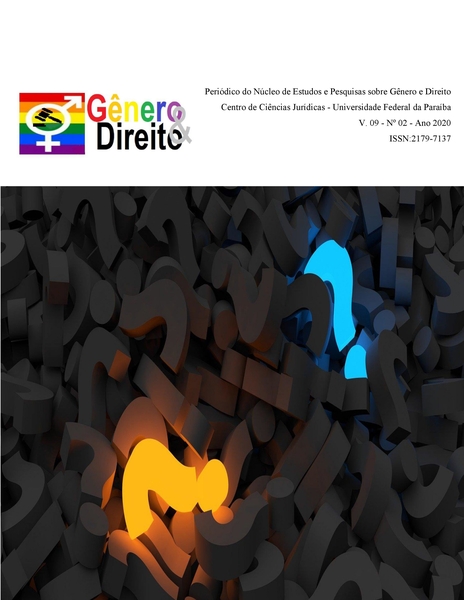THE ELEMENTS OF TRADİTİON AND MODERNİSM İN NİNETEENTH CENTURY AZERBAİJANİ LİTERATURE: EAST - WEST THOUGHT AND RELİGİOUS-MYTHOLOGİCAL MOTİVES
DOI:
https://doi.org/10.22478/ufpb.2179-7137.2020v9n2.50826Palavras-chave:
the nineteenth century literature, modernism, east-west outlook, religious-mythological motives in literature, traditionResumo
The literary orientation based on common principles is determined on the same cultural, ethical and aesthetic traditions, the same outlook, philosophy of life, related principles of creativity and the unified social, cultural and historical environment. Public and political views also usually act as a powerful driving force. The nineteenth century literature is one of the stages distinguished with ideological and aesthetic achievements of the Azerbaijani literary culture which has rich history. Emerging as a reflection of new historical conditions, this literature attracts attention as an original and peculiar phenomenon because of its literary and poetic qualities. Literature that reflects the world through literary paints depending on the angle of view, approach, ethno-cultural thinking, is also of interest as the product of its formation era and environment. As fiction or poetic literature reflects life, it is important to understand the reflection of the social, socio-historical processes, to “catch the pulse" of life, and to address worldwide problems that are relevant for all periods. The writer's social life, social activities, and communication circle sometimes play a decisive role in issues such as being more aware of problems and finding ways to solve them. Azerbaijani literature which has historically been at different stages of development, has not only gained new qualities, but also has been able to preserve the existing tradition, influenced by different literary trends and different socio-cultural processes.
Downloads
Referências
Karimov R. The life and works of Abdulla bek Asi. Baku, Nurlan, 2009.
Konrad N.I. Problems of comparative literature. In books: West and East. M.: Publishing House of Oriental Literature, 1972, pg.290-303.
Gasimova A. The mysterious life of the Prophet Jesus in Christian and Muslim sources. // News of Baku University. N3. 2003. Series of Humanitarian Sciences.
Gasimova A. Parts of the Quran as one of the ideological and poetic sources of the XIV-XVI centuries Azerbaijani literature, dissertation for obtaining a PhD degree. avt. B. 2001
Freser. D. D. Old Testament Folklore М. 1989
Bible and biographical dictionary. Compiled by O.K. Yaukrovich and P.Ya. Blagoveschensky M. 2000
Ustaosmanogly Movlana Mahmud. Big Islamic Encyclopedia Az. 2000
Koschnelson I.S. Papyrus Westcar and the Biblical Tale of Moses. Academy of Sciences of the USSR. Palestinian collection Issue 13 (76) Monuments of written language and literature of the Middle East M.L. 1965
Flavius I. Judean Antiquities T I, P. 2000
Zubko G.V. The image of a snake in the mythological representations of fulbe. Religions of the world. History and modernism. Yearbook 1988. M.1990
Kublanov M.M. Jesus Christ God, man, myth M. 1964
Sventsitskaya I.S. Forbidden Gospels M.1965
Shchure E. The Great Initiates 1914
Renan E. The Life of Jesus M. 1991

